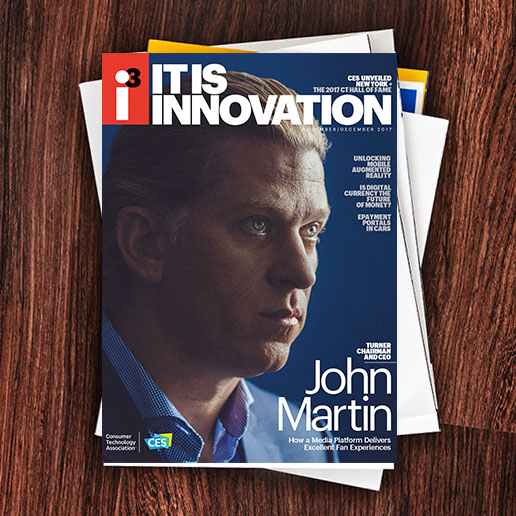A new logo program was established to help consumers recognize devices that comply with ANSI/CTA-2051. This logo indicates the device was tested using the methods described in ANSI/CTA-2051 and found to comply with all relevant performance requirements in the standard. The standard was developed by CTA’s Portable, Handheld and In-Vehicle Electronics Committee, which is working on a number of other standards related to health, fitness and wellness through its Health, Fitness and Wellness Subcommittee.
Category 1 parameters include frequency response bandwidth, frequency response smoothness, maximum acoustic output, distortion control limits and self-generated noise levels. All of these parameters must be measured and fall within an acceptable range.
Category 1: CTA Performance Criteria for PSAPs
Category 2 parameters include high-frequency gain, battery life, latency and RF immunity. These parameters must be measured and reported but do not have to be within a defined range.
Category 3 parameters include tone control, level dependent gain/compression, signal-to-noise ratio enhancement, noise reduction, feedback control/cancellation, device personalization, device coupling to the ear, and wireless connectivity. No measurement methods are defined for these parameters and there are no defined limits for compliance, either. The existence of these features in a device simply needs to be reported.

i3, the flagship magazine from the Consumer Technology Association (CTA)®, focuses on innovation in technology, policy and business as well as the entrepreneurs, industry leaders and startups that grow the consumer technology industry. Subscriptions to i3 are available free to qualified participants in the consumer electronics industry.